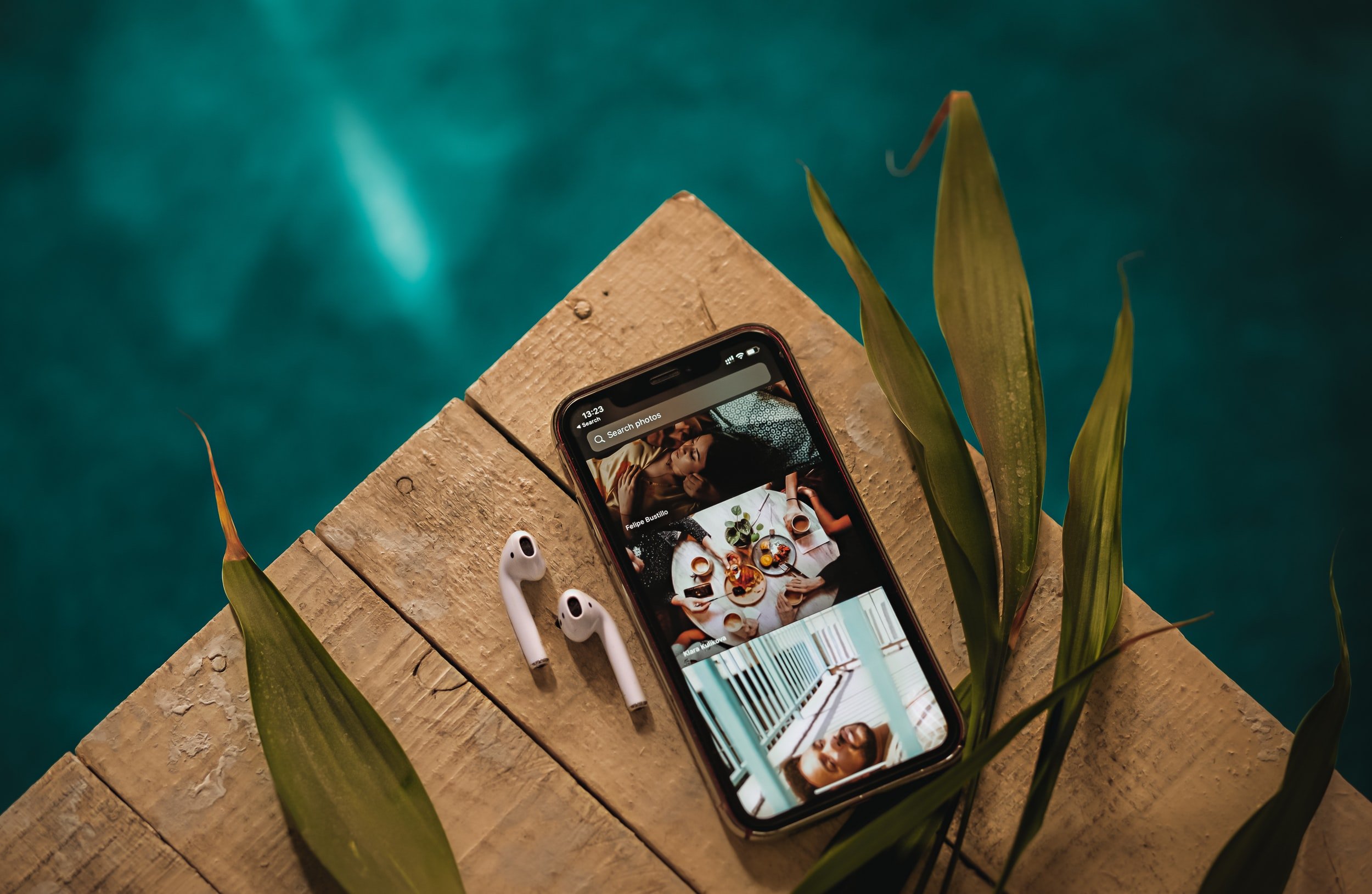How to Create An Amazing Navigation in Squarespace
When it comes to creating and designing websites, there are plenty of things to consider. However, while many people spend lots of time on these elements, a few critical elements of a website are often overlooked until it’s too late. For instance, a website’s main navigation is one of the most important elements of any given website. This is because navigation is one of the most-used parts of the site, and it is seen by everyone who visits the website.
However, given that so many people are unaware of how important it is, many are stuck making tweaks after the website has gone live. Rather than making this mistake, the following is an overview of how to create amazing navigation.
Table of Contents in Detail Hide
Log-In
Image Source: Unsplash
Although it may seem like a no-brainer, this step is simple to overlook. This is because some people choose to remain logged in to their websites for prolonged periods of time. At times, the system will log people out without them knowing. So, before attempting to change anything about a website, it's best to make sure one has logged into the back-end of the system. From there, click “edit” to begin making tweaks and changes. Next, it’s time to edit the site header. The site header is where virtually every element on the site lives.
Add Logo and Title
Image Source: Unsplash
The next step is to add a logo. This is because logos make sites instantly appear more reputable. Without a visible logo in the navigation area of the website, the site will appear to be generic or even fraudulent. Moreover, adding a logo also makes brands more recognizable. By placing a logo in the navigation section of the website, people will start to better recognize the logo and brand when they see it elsewhere.
When adding a logo, also take the time to adjust the height as well as the maximum height of the mobile logo. Occasionally, these options will not be visible. If that is the case, close out of the editor and refresh the page. This usually solves the issue.
Lastly, be sure to add a site title. Leaving Squarespace in the title makes the site appear generic and amateur.
Elements
Next, take the time to ensure all the necessary elements are present on the website. Adding elements allows the designer to create a personalized experience for users. This can include the following:
Add a Contact Button: This is a one-click option that allows visitors to contact the site owner or administration quickly and easily.
Add Social Links: These buttons allow the visitor to visit the brand's social media pages.
Add an “Add to Cart” Button: This makes it much easier for visitors to add items to their virtual shopping cart.
Adjust Colors, Fixed Position
Next, it’s time to adjust colors, fixed positions, and the header style.
Colors: Adjusting the colors speaks to the colors associated with the brand and involves deciding how transparent the graphics will be. Using more transparency makes it possible to view the images inserted behind the navigation bar. Leaving the bar opaquer means that it will be one set color, no matter which page the visitors navigate to.
Fixed Positions: If the sire owner wants to ensure the navigation bar remains in place, it should be in a fixed position. However, if they want the navigation bar to disappear as they scroll down, it will be the scroll back option.
Adjust Desktop Experience, Layouts
Next, it’s time to adjust the desktop and mobile to create the experience the site owner is seeking. One of the most important elements of this part is the layout. Although it may be tempting to create an overly complex layout, it’s best to keep it simple. The navigation menu should include an about section, a section for a blog or more information, a contact section, social media icons, and the cart, with very little variation. Most consumers are used to this setup and will be likely to understand and embrace it.
Vertical Padding, Link Spacing, Element Spacing
Take a look at the vertical padding, link spacing, and element spacing.
Vertical padding deals with how much space is above and below the elements. It is usually set at around 1.6 to two.
Element spacing is the amount of space around each element. This is the space next to the elements in the navigation bar. This is also set at around 1.6.
Link Spacing: This deals with the spacing between the various links. It can also be set at around a 1.6 but may be as low as a 1.2.
Mobile Experience
Image Source: Unsplash
Lastly, it's time to focus on the mobile experience overall. It is important that all elements of the website are optimized for the mobile app. This is because most people surf the web from smartphones and tablets rather than computer screens. Whether it's the cart, the social buttons, or any other elements, make sure they are positioned in a mobile-friendly way.
Overall, those looking for simple ways to design navigation bars or any website elements should consider using Squarespace. It offers clean graphics and a wide variety of simple ways to personalize a website to suit the preferences of any business owner and their consumers.
For More Information
We have figured out the tips and tricks that make Squarespace web design a cinch. Whether you’re a website developer designing sites for clients or a business owner trying to optimize your Squarespace site for SEO, we can help. Our premium SEO packages are designed to help you create a beautiful, optimized site quickly and efficiently.
We also offer free resources that Squarespace developers of all levels find useful:
SEO guides covering everything from designer tips to Squarespace SEO best practices
A handy SEO audit tool you can use right now to see how your Squarespace site is performing and where it needs improvement




